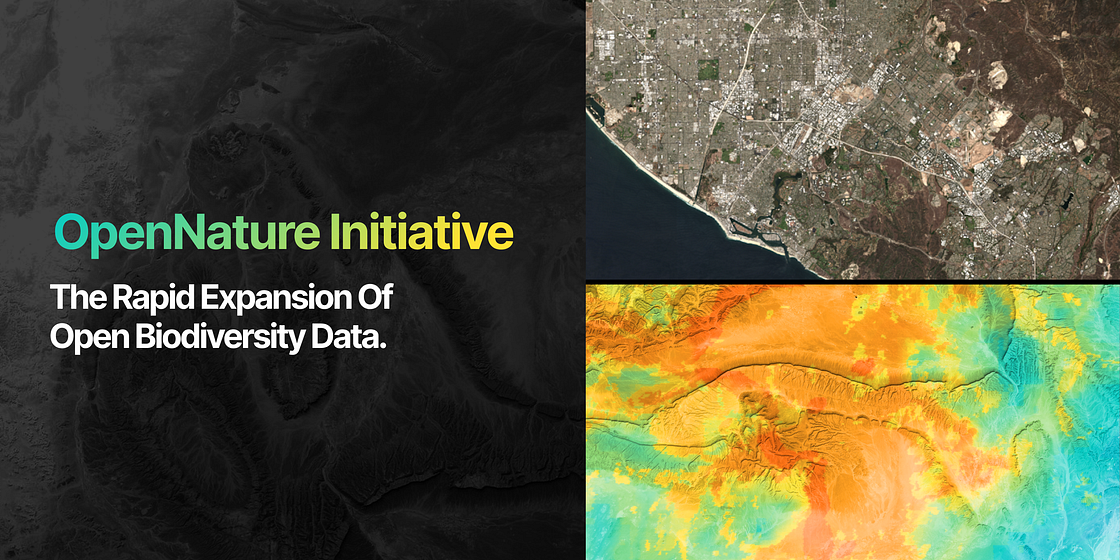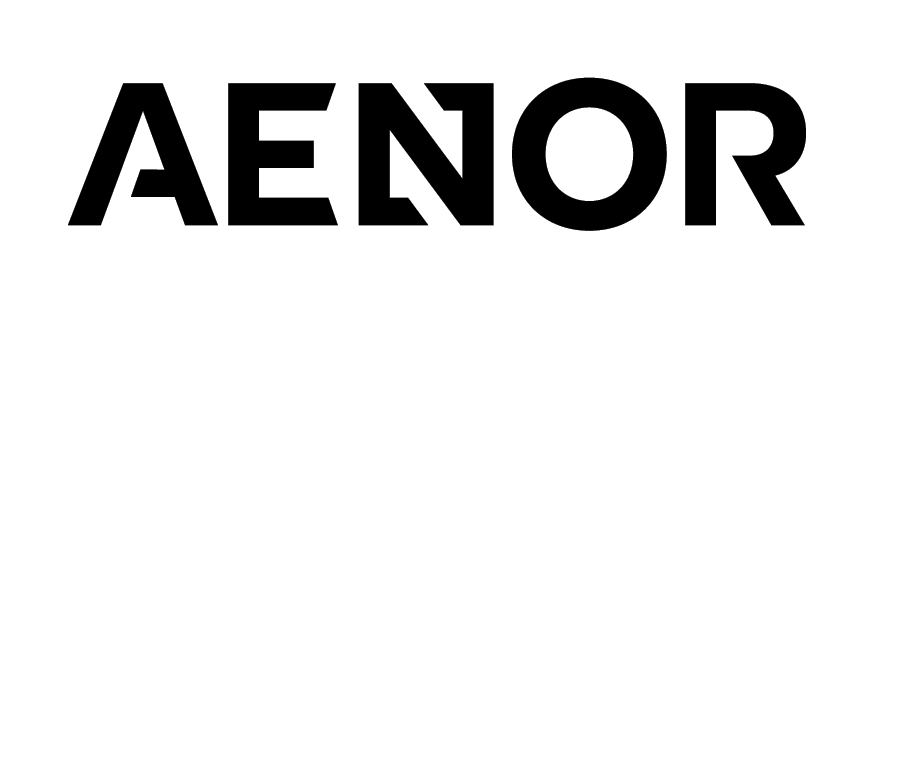OpenNature Initiative: It’s time for accessible, actionable nature data.
On 22nd May, coinciding with UN Biodiversity Day themed “Be part of the change,” the OpenNature initiative gathered for the first time to explore how to catalyze a shift in the conservation community towards the rapid expansion of open biodiversity data.

‘Society needs information about nature because, to survive, it must build that information into practically all decision-making,’ says Michael Harfoot, Senior Ecosystem Scientist at Vizzuality.
Access to high-quality, useful data is a major missing component for measuring and reducing our society’s impact on biodiversity. The OpenNature Initiative aims to inspire a new, hyper-collaborative model for producing global, open, and operational products that shift the baseline of expectations for what can be monitored and measured today.
This workshop, supported by Vizzuality and the Future of Marine Ecosystems Research Lab at Dalhousie University, brought together experts from academia and industry to tackle the biodiversity data gap.
A group of 18 leading scientists and researchers from NGOs, universities, and private companies joined in person and online, leaving institutional concerns behind and their egos at the door to begin the formation of this uncompromisingly open and collaborative endeavor.
The group had excellent, fun discussions and was inspired to engage in such an open manner. They agreed on three main themes to take forward in the near term to demonstrate the proof-of-concept for this initiative:
1. Community Communications
This initiative aims to foster a robust and engaging community around open biodiversity data. The focus is on providing the arguments for open biodiversity data and some ideas for making it happen. The intention is to build a network that values collaboration to scale up the production of needed biodiversity data. The short-term objective of this initiative is to produce an article that communicates the need for open biodiversity data and reasons why it is the way forward.
‘Open biodiversity data are increasingly common, but we still have a long way to go in terms of addressing biases in data availability, accessibility, and utility,’ says Brian Maitner, assistant professor of Integrative Biology at the University of South Florida.
2. Open Species Distributions
This initiative centres on creating accessible, open species distribution datasets to aid in conservation efforts and biodiversity monitoring.
- Evaluation: how do we evaluate distributions from open vs closed sources to understand if we are making improvements?
- Developing: Collaborating and improving current models, e.g., the current iNaturalist geo-model, to account for data biases and propagate attribution of data sources.
- Accessibility: Developing APIs and other technological means to make species distribution data more accessible and usable.
3. Foundational Nature AI
This initiative is about building an AI model, developed from currently available Large Language Models, that integrates ecological understanding and biodiversity knowledge to provide answers to questions that we currently find very difficult to address.
“AI has the potential to integrate the existing, fragmented current datasets, scientific reports, academic articles, and technological solutions like monitoring and citizen science APIs into accessible, application-ready biodiversity intelligence,” says Mike Harfoot, Scientist at Vizzuality and Adjunct Professor at University of Dalhousie.
The initial proof of concept has the following steps
- Preparation: what is currently possible and what is being done, what is a constrained problem to focus on
- Training: define and gather an ecological literature corpus to train a foundational model on and provide context information to the model relevant to the query.
- Evaluation: establishing frameworks to evaluate the effectiveness of AI tools in real-world conservation scenarios, ensuring that these tools provide valuable and actionable insights.
In this workshop, the attendees identified areas of priority and short-term and long-term goals and began transforming how data is generated and distributed. The group will continue working on these ideas, and we will keep you posted on their progress. If you want to get involved or contribute to the initiative, contact us here.
Attendees:
Craig Mills, WRI, Director Land & Carbon Lab
Mike Harfoot, Vizzuality & Dalhousie University
Derek Tittensor, Dalhousie University
Oisin Mac Aodha, University of Edinburgh, UK (Turing Institute)
Drew Purves, Google Deepmind, UK
Ali Swanson, Conservation International, US
Simon Ferrier & Andrew Hoskins, CSIRO, Australia
Dave Thau, WWF US
Alison Johnston, University of St Andrews, UK
Laura Pollock, McGill University
Joe Millard, Natural History Museum, UK
Carsten Meyeri Div, Germany
Konstantin Klemmer, Microsoft Research, US
Francis Gassert, Vizzuality
Niamh Eastwood, Birmingham University (Turing Institute)
Scott Laurie, iNaturalist
Maria Santos, University of Zurich
Jingjing Liang, Purdue University
Patrick Roehrdanz, Conservation International, US
Brian Maitner, University of Buffalo, US

.png)
.png)



